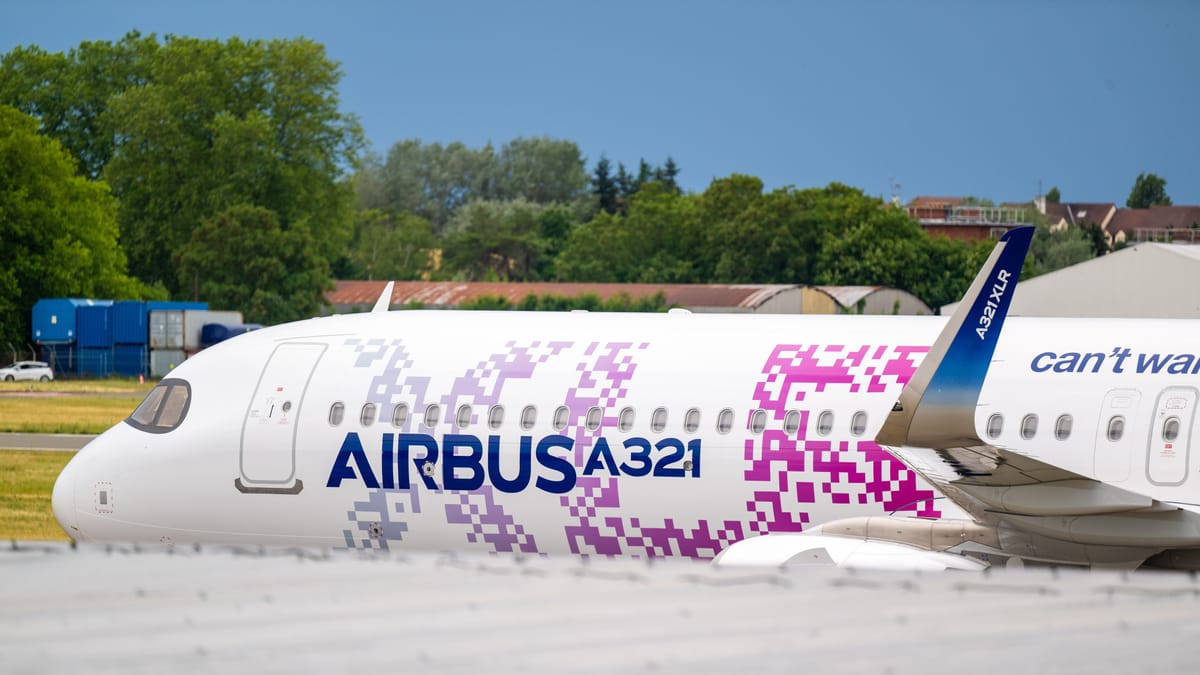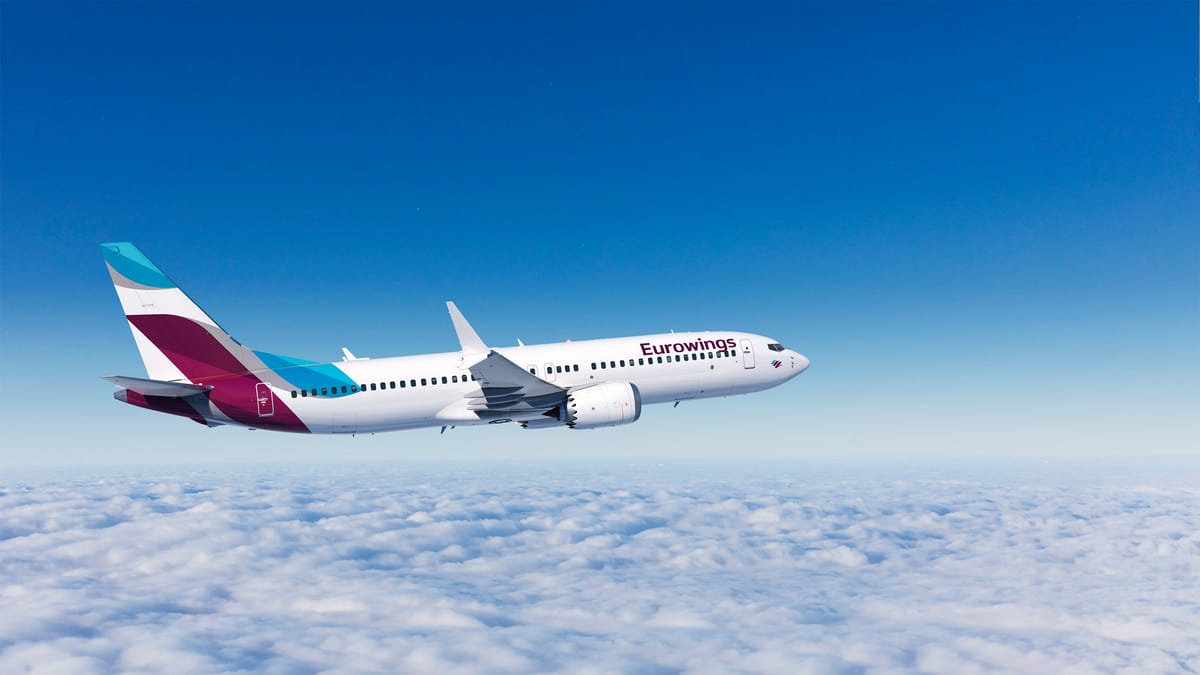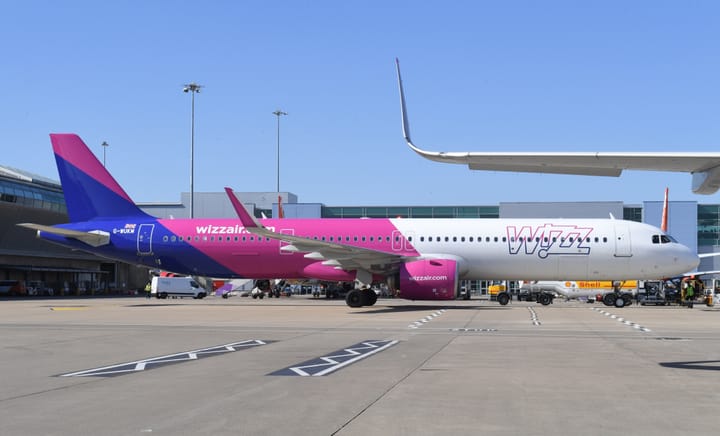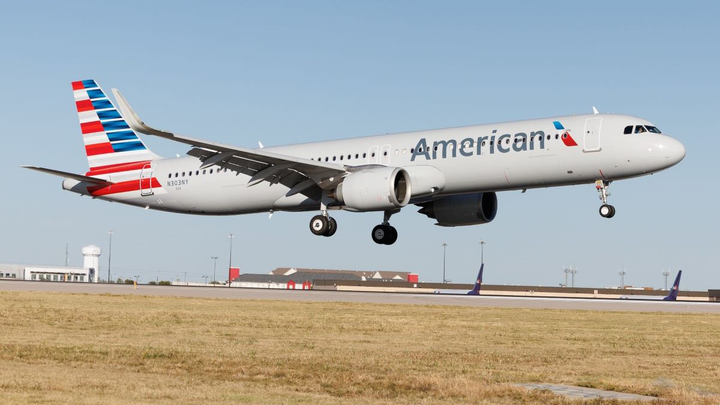Lufthansa Group exploring the Airbus A321XLR for its fleet
Lufthansa Group's previous statements have reflected its unfavorable view of the A321XLR.

Lufthansa Group has renewed its interest in the Airbus A321XLR, reports have outlined, after the airline group's chief executive had previously dismissed the long-range narrowbody as a “niche” product.
Reports by the German outlets Handelsblatt and aeroTELEGRAPH stated that Dieter Vranckx, the Chief Commercial Officer (CCO) of Lufthansa Group, and the former Chief Executive Officer (CEO) of Brussels Airlines and Swiss International Air Lines (SWISS), confirmed internally that the group is re-evaluating the A321XLR, which, according to the German outlet, could impact its multi-hub strategy.
The Engine Cowl has approached Lufthansa Group for comment.
While Lufthansa Group’s fleet is already a salad of complexity that the group has vowed to fix, including reducing the number of widebody subtypes that it operates with the retirement of older and more inefficient aircraft, the group’s airlines already operate A320 family aircraft, including the next-generation A320neo and A321neos.
Eurowings, ITA Airways, Lufthansa, and SWISS operate the latter.
The A321XLR, a derivative of the A321neo, is stereotypically known as the point-to-point connector that could fly between two destinations that are far apart, yet where there is too little demand for a widebody aircraft. The A321XLR, on paper, offers a range of 4,700 nautical miles (8,700 kilometers).

However, in 2019, Carsten Spohr, the CEO of Lufthansa Group, called the A321XLR a “niche” product, noting that the A321XLR cannot compare to a widebody in terms of passenger experience, according to Runway Girl Network.
During the most recent Lufthansa Group Capital Markets Day on September 29, Jens Bischof, the CEO of Eurowings, explained that the carrier is the point-to-point airline of the group, “focusing on point-to-point [traffic in] Europe and, of course, also on medium-haul, especially with the new technology [aircraft].”
Bischof noted that Eurowings’ strategic role within the group is to provide connectivity from Germany’s largest cities, aside from Frankfurt Airport (FRA) and Munich Airport (MUC), which are Lufthansa’s main hubs. It also has five bases outside of Germany.
During the event, Eurowings’ chief executive noted that with the incoming 737 MAX 8s, the carrier is able to expand its reach, giving it more opportunities to explore more medium-haul markets.
According to the presentation, the 737 MAX 8s deliver 1,000 km (539.9 NM) more range than the A320neo, despite the fact that Airbus and Boeing’s advertisement materials indicate a 100 NM (185 km) difference that favors the 737 MAX 8.

Eurowings will also be introducing Premium BIZ seats, a true business class layout that is an improvement over its current BIZclass seats, which are an economy class seat with extra legroom and blocked off middle seats.
Bischof detailed that the Premium BIZ seats will introduce more comfort on Eurowings’ medium-haul routes, with the new configuration making its debut from Berlin Brandenburg Airport (BER) to Dubai International Airport (DXB) on November 22, 2025, per Cirium’s Diio Mi.
With that in mind, the A321XLR would seemingly fit Eurowings’ fleet like a glove, a sentiment that is seemingly shared by Bischof. Speaking with aeroTELEGRAPH in March 2024, he said that longer-range narrowbodies are interesting aircraft that would allow the airline to reach destinations that are further away, with Eurowings’ CEO adding that he would explore destinations that are east and south of Europe.
At the same time, during the aforementioned Capital Markets Day, Alexander Feuersänger, the Senior Vice President of Fleet Management at Lufthansa Group, outlined that on the narrowbody side, the group’s fleet strategy is “purely focused on replacement of older aircraft and, at the same time, introducing larger gauge size, so larger aircraft on the narrowbody side.”
“This will help us not only to become more efficient but also drive unit cost down, and, at the same time, it is not as capital-intensive.”





Comments ()